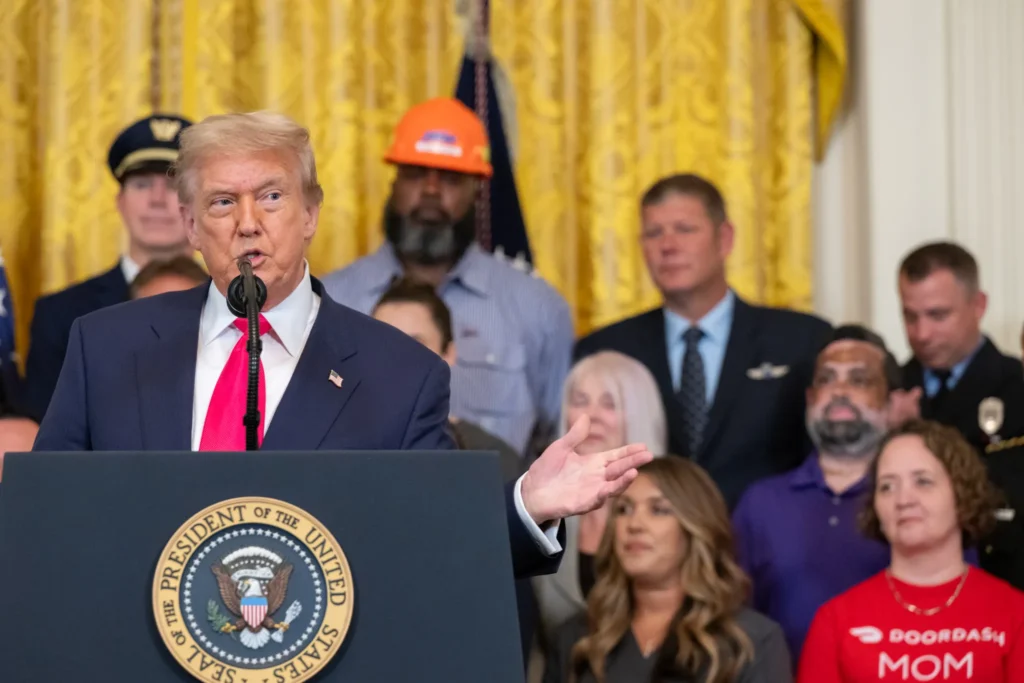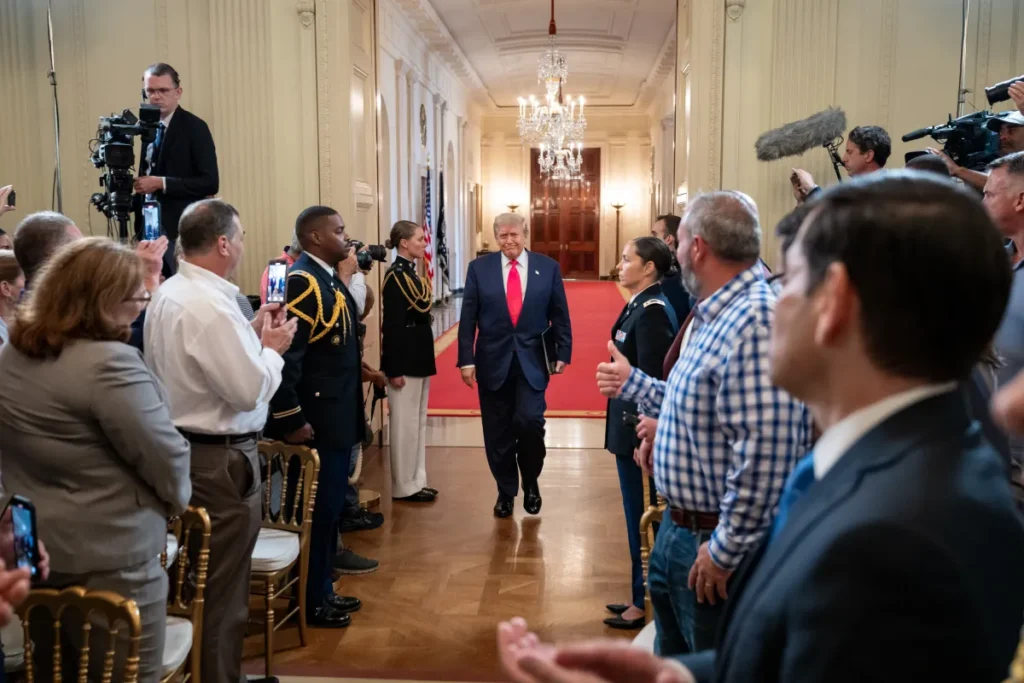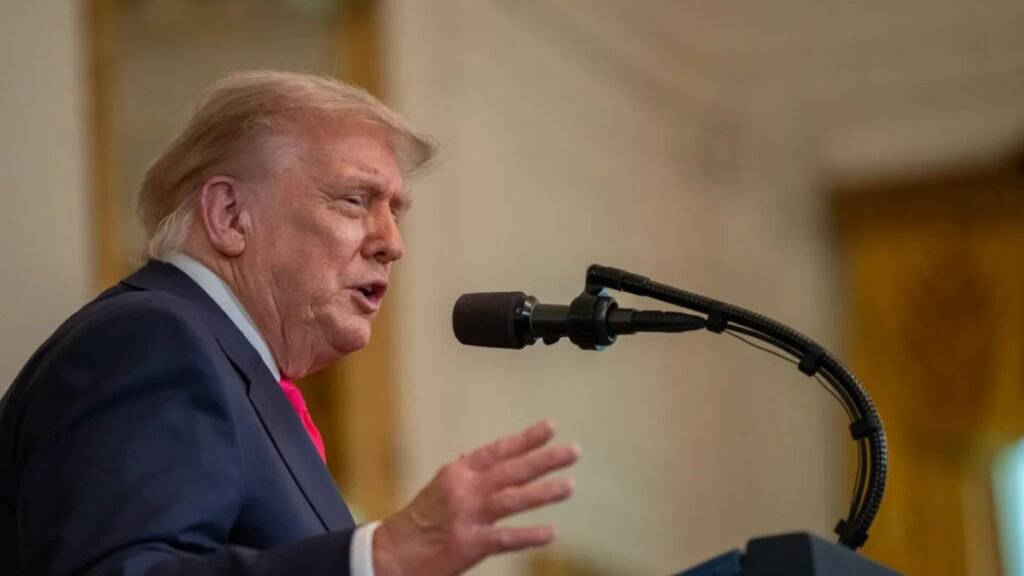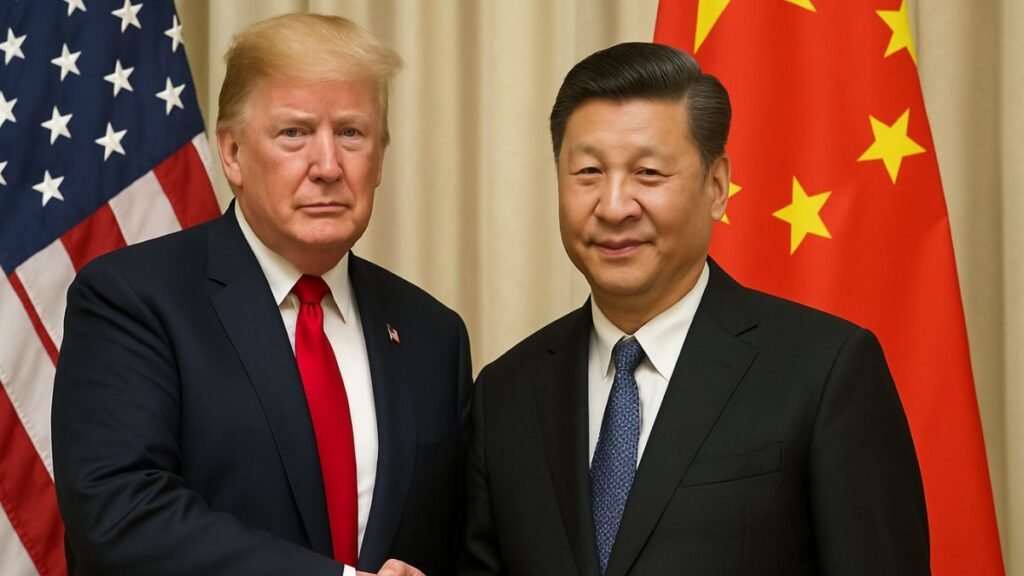Two of the world’s biggest powers—China and the United States—have spent years locked in a deepening rivalry. Their systems couldn’t be more different, but both are deeply invested in the same global economy. That contradiction has pushed them into a strange relationship—one that’s part competition, part dependence.
Earlier this year, things escalated. In April, the Trump administration imposed fresh tariffs on China and several other nations. But it was clear China was the primary target. The move drew sharp criticism at home and abroad, yet Washington didn’t budge.
Now, as June ends, there’s been a shift. A trade deal was signed. But behind the headlines, questions remain.

What’s in the Deal?
According to Reuters, On June 26–27, President Trump announced an agreement with China aimed at easing some of the pressure in the ongoing trade conflict. The focus this time: rare-earth minerals—the raw materials behind everything from smartphones to missile systems.
Under the deal:
- U.S. tariffs on Chinese goods were reduced to 30%, down from 145%
- Chinese tariffs on U.S. exports dropped to 10%, down from 125%
- A 90-day freeze on new tariffs was agreed upon, with an end date around July 8–9
It sounds promising, but the details are murky. There’s still no clear agreement on the broader trade deficit or long-term tariffs. It’s more of a breather than a breakthrough.
Why Rare Earths Matter
According to The Guardian, This wasn’t just about taxes. At the center of this agreement is a supply chain most people don’t think about: rare-earth elements.
China mines about 70% of the world’s rare-earth minerals and processes nearly 90% of them. That gives it enormous influence over materials used in everything from electric vehicles to high-end defense systems.
The U.S. depends on these materials but wants to break that reliance. The agreement hints at future cooperation, but it doesn’t change the fact that China still controls the global flow of critical resources.

| Mineral Use | Example Products |
|---|---|
| Neodymium | Wind turbines, EV motors |
| Lanthanum | Camera lenses, batteries |
| Cerium | Catalytic converters |
| Yttrium | Missile guidance, sensors |
What Each Side Is Saying
The language coming out of both capitals was carefully chosen. From Washington, there was optimism. One official described the agreement as part of a framework under the Geneva guidelines—signaling a desire to tie it into broader international standards.
From Beijing, the message was more cautious. A statement from China’s Ministry of Commerce warned that any provocation or breach of agreement would trigger “resolute countermeasures.” In other words, the truce is conditional.
Tensions Run Deep
Even with this deal, the mood remains tense. Neither side fully trusts the other, and the political climate in both countries makes long-term cooperation difficult.
China is managing a slowing economy and rising pressure from new players on the global stage. The United States is dealing with its own problems: internal division, international criticism, and signs of economic stagnation. Both countries are under pressure—but not enough to back down.

Will This Deal Hold?
This deal isn’t a turning point—it’s a timeout. It gives both sides space to breathe, but doesn’t fix the root issues. The 90-day pause runs out in early July. If no further progress is made by then, tariffs could spike again, and talks may collapse.
With so many questions still unanswered—about trade balances, enforcement, and long-term planning—it’s hard to say what happens next. But no one’s under the illusion that this conflict is over.
Read More: A New Axis of Growth: Inside the ASEAN–GCC–China Summit
Watch India Pakistan Breaking News on The Ink Post. Get Latest Updates, Latest News on Movies, Breaking News On India, World, Explainers.
Follow us on Facebook and Instagram and LinkedIn and Twitter to Stay updated!




